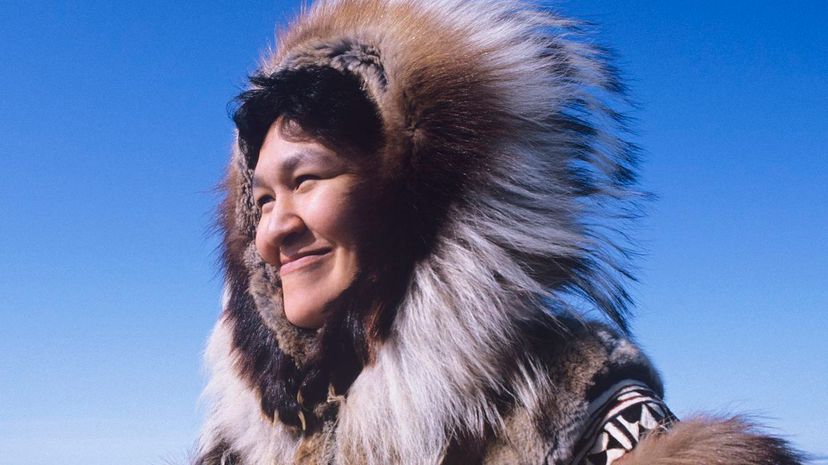
About This Quiz
Three-hundred seventy-million indigenous people is a lot of indigenous people. That covers about 5,000 different groups of people in 90 countries around the world. All told, they speak over 4,000 different languages and make up nearly 5% of the entire world's population. You can find them in the most frozen reaches of the Arctic and Siberia, on tropical South Seas Islands, in the deepest rain forests of Africa and South America, in the deserts of the Middle East and in places like Houston or Montreal.
While many tribes were uprooted from their traditional lands long ago, not all of them were. Some adapted to newcomers in their lands, some never even met the newcomers. There are upward of 100 tribes of people in the world to this very day who have either never had contact with the outside world, or only the most limited kind. It's pretty amazing to think there are people out there who know nothing about other people, about cars, or movies or the internet!
If you feel like now's the right time to flex your anthropology muscles and show off your knowledge of different people from different places, it's time to dive into the quiz and show us what you've got.
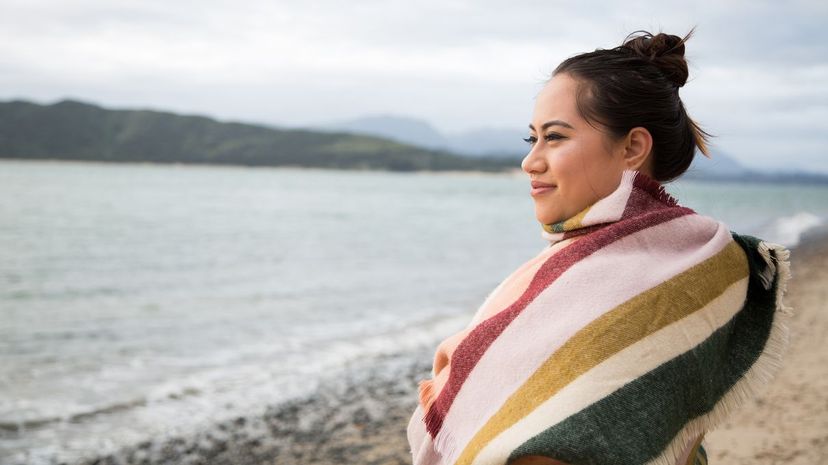
The Maori people came to New Zealand from Polynesia around 700 years ago. European settlers did not arrive in New Zealand until much later, sometime in the 17th century, which of course drastically altered the island and the culture of the Maori.
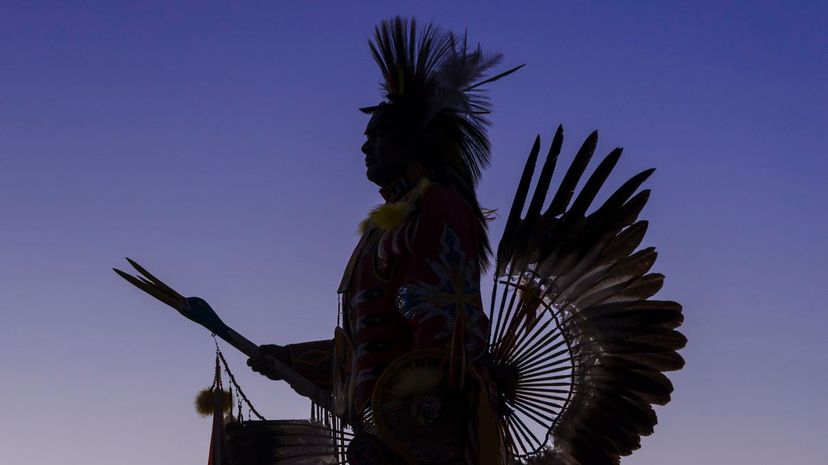
The Navajo are one of the most well-known tribes in the United States. During the Second World War, the Navajo were famously employed as code talkers since the Japanese were unable to decipher their language.
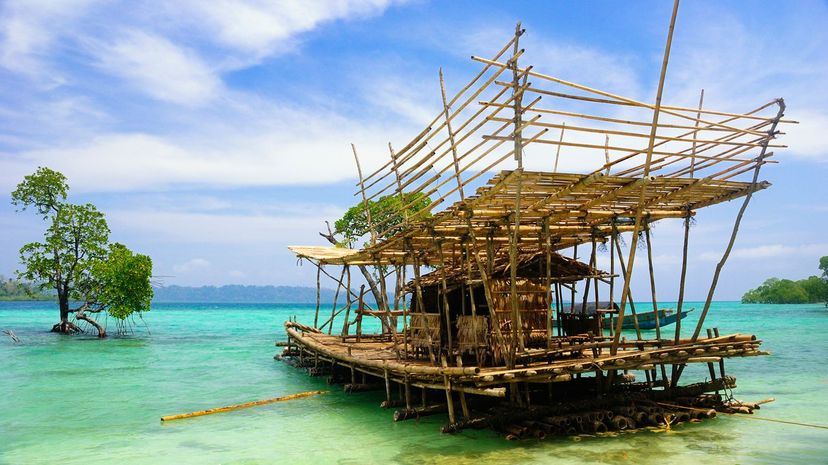
Living on Sentinel Island, the Sentinelese people aggressively reject contact with outsiders and are relatively isolated from society. India uses armed patrols to protect the isolation of the people on the islands.
Advertisement
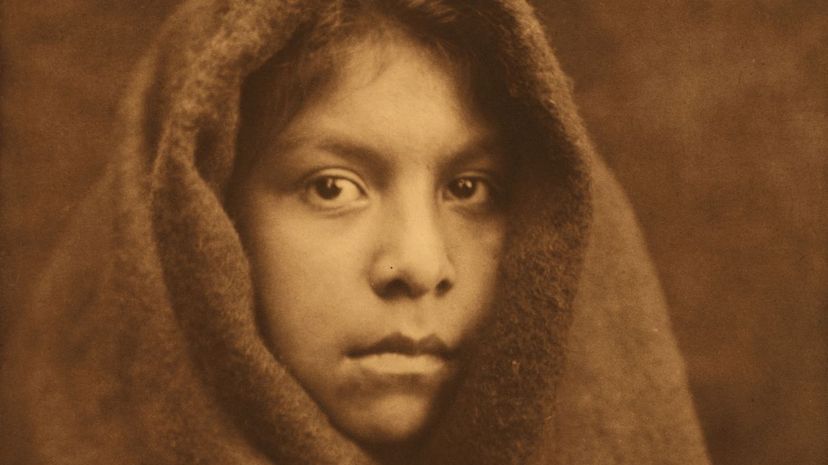
The Makah tribe live in the United States in Washington State. The tribe is small, only about 1,200 members or so living around Neah Bay. They own the Makah Indian Reservation and are one of the tribes recognized by the federal government.
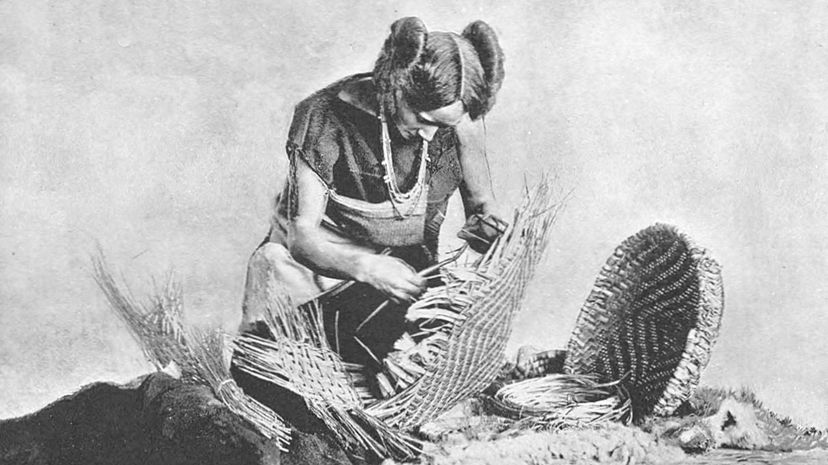
The Hopi tribe live in the United States though they are recognized as a sovereign nation within the country. Most members of the tribe live on the Hopi reservation, which is located in the northeast of Arizona.
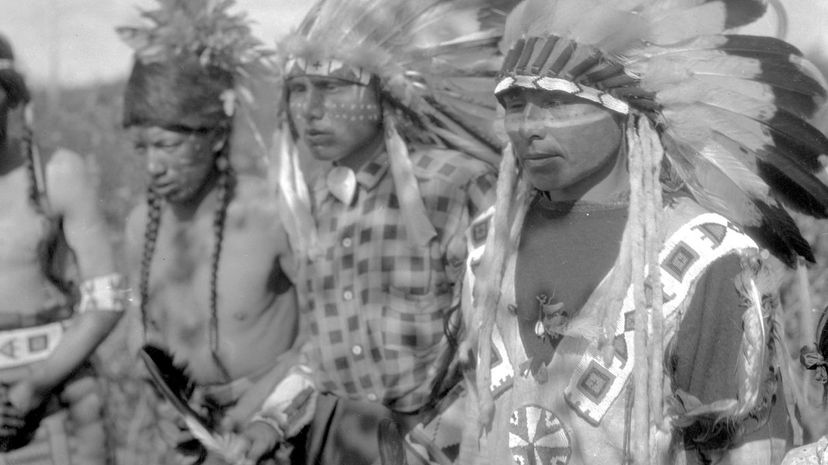
The Metis people of Canada are recognized as distinct from the First Nations and Inuit tribes and often Canada's indigenous people will be officially split up into one of those three categories. There are just under 600,000 people recognized as Metis in Canada.
Advertisement
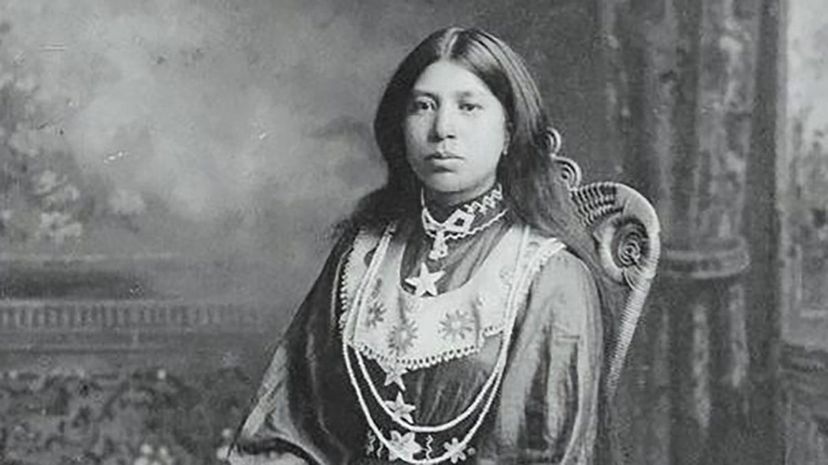
Though there are some Mohawk living in the United States, the bulk of the population resides in Canada these days. Many Mohawk practice what's known as Longhouse Religion which combines traditional beliefs with a dash of Christianity.
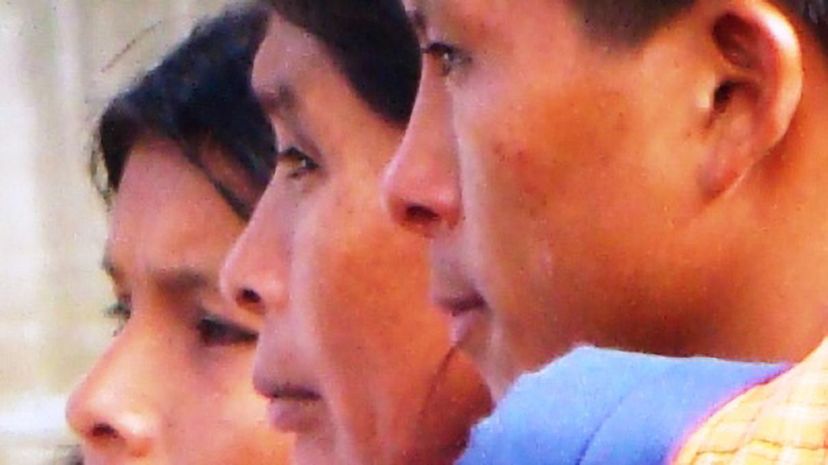
The Boruca people live in Costa Rica, with the largest population on a reservation. The tribe had flourished prior to Spanish colonization and were known then as now for their extravagant art and craftwork including weaving, masks and jewelry.
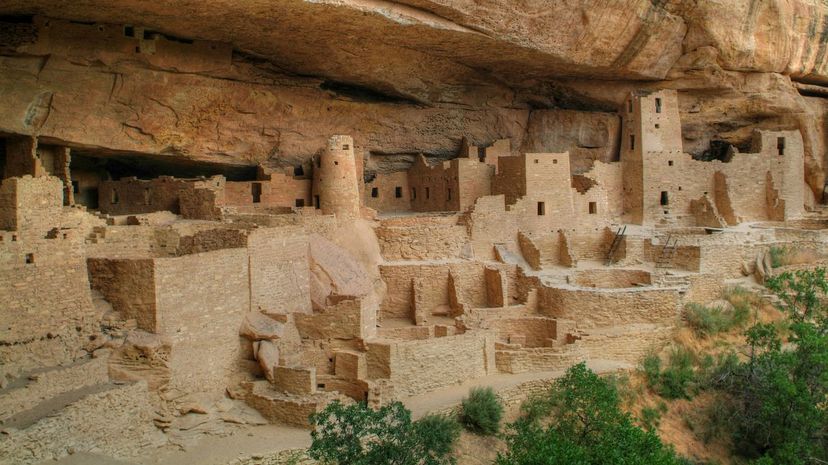
Located in the United States, Anasazi was a term applied to the Ancestral Puebloan peoples by the Navajo tribe and it means "ancient enemies." Obviously the modern Puebloan people don't want to be known by that name any longer.
Advertisement
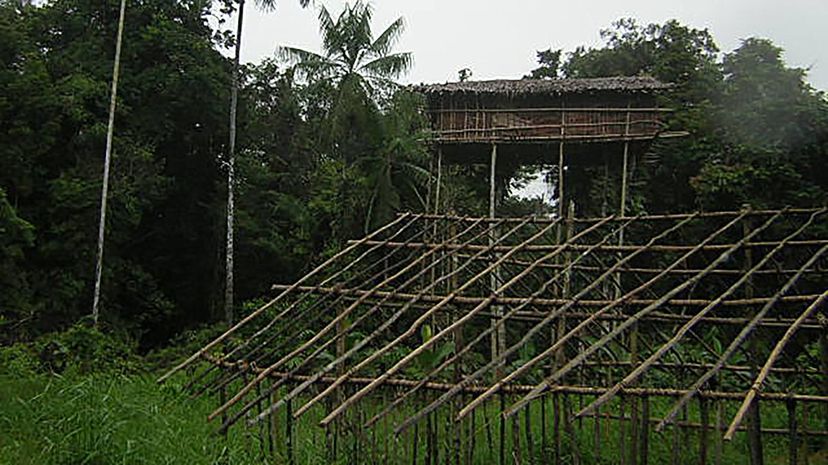
Anthropologists took a trip into Papua in the late 1970s and made contact with the Korowai people. Less than 3,000 members of the tribe exist and they were blissfully unaware of the entire rest of the world. Some have moved from the village into other towns since their discovery, but their extreme isolation means they don't have much contact with the outside world still.
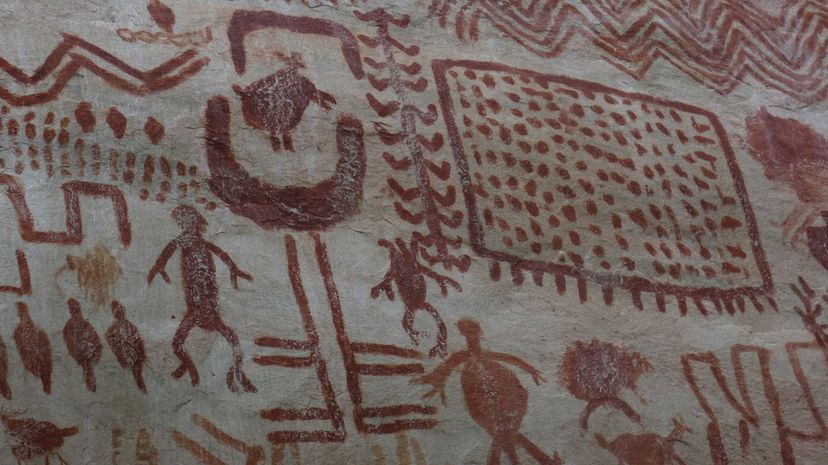
The Nukak tribe of Colomba had been uncontacted by the outside world until 1981. When they did meet outsiders, a terrible side effect was that their immune systems were unable to handle the germs they were exposed to and nearly half the population died of disease.
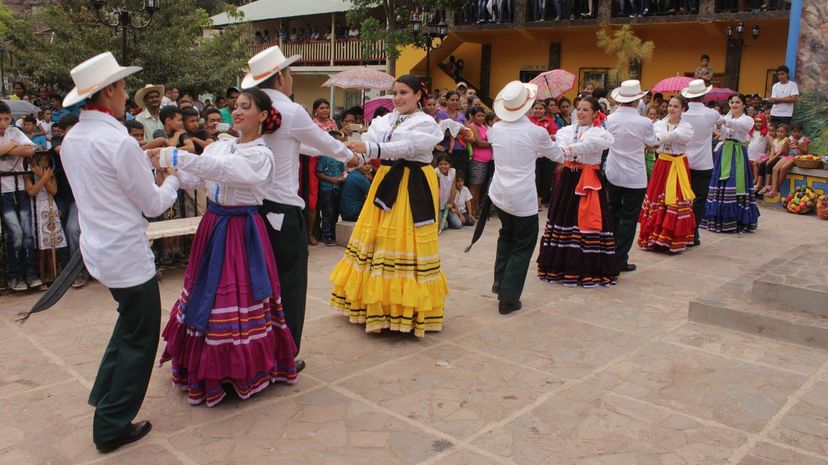
The largest population of Lenca people, about 100,000 of them, live in Honduras. There are also about 37,000 Lenca living in El Salvador as well. The Lenca and the Maya used to have contact pre-Conquest, but there's some debate over where they actually started as a culture.
Advertisement
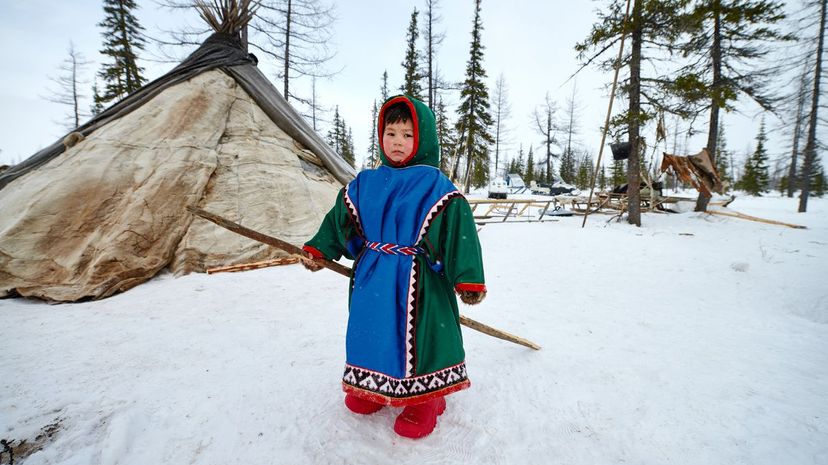
The Sámi people are native to northern Norway, Sweden, Finland and parts of Russia as well. In the past, you may have heard of these people referred to as Laplanders, but that is considered a derogatory term today.
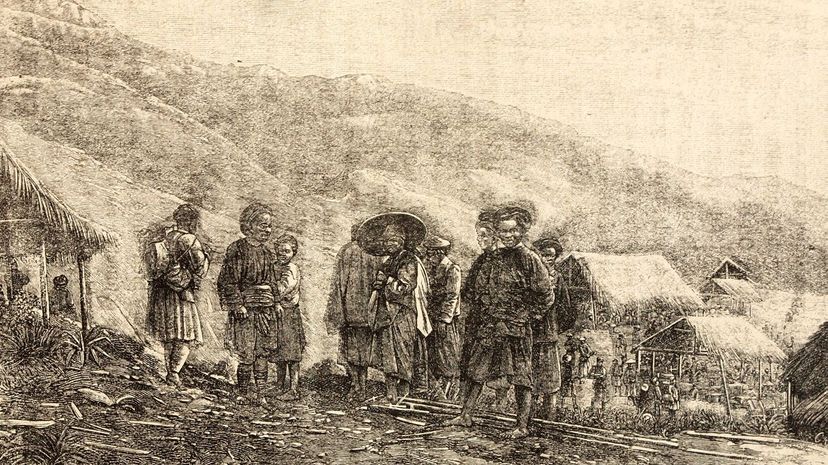
Native to the highlands of Vietnam, American forces actually trained the Montagnard people during the Vietnam War in unconventional warfare tactics. By and large, they disagreed with the position of the Vietnamese government at the time so they fought against them as well.
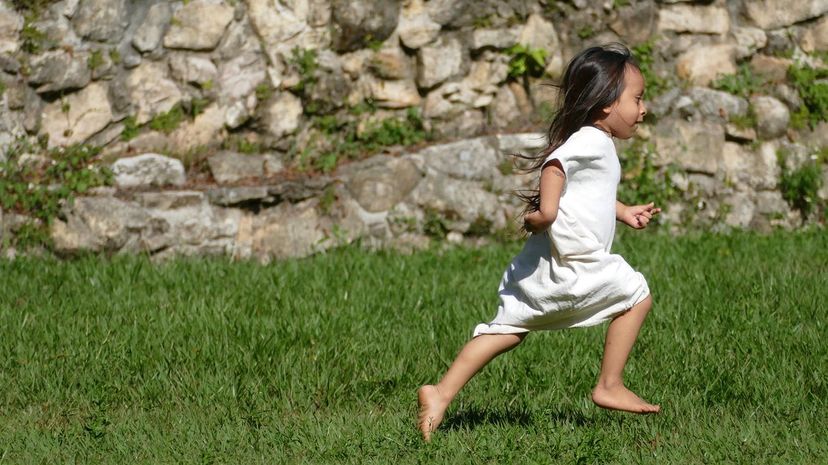
The Lacandon people live a very traditional Mayan lifestyle in Mexico. By traveling and living in remote jungle areas, they escaped much of the Spanish colonization of the region and mostly avoided the entire outside world until the mid-20th century. These days they are aware of the outside world but tend to avoid its influence.
Advertisement
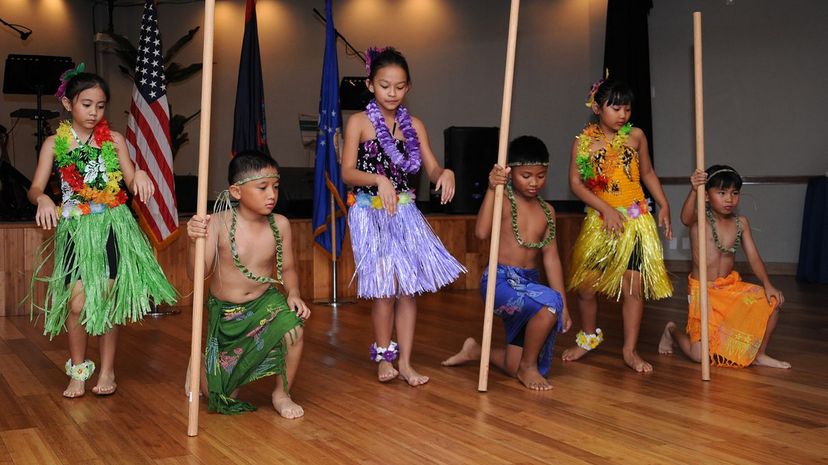
The Chamorro people are native to the island of Guam, but more of them live outside Guam in places like Hawaii, California and Texas than are in Guam. About 65,000 are still calling Guam home, 13,000 live in the Northern Marianas and 90,000 live elsewhere in the United States.
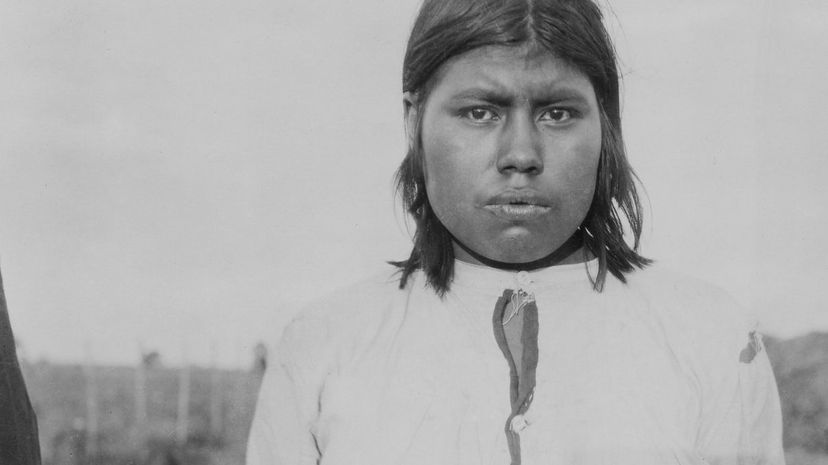
Populations of Wichi people live in both Argentina and Bolivia. Many Wichi converted to Christianity long ago but still live by a belief system in which no one in the community owns anything, rather everything belongs to the group as a whole.
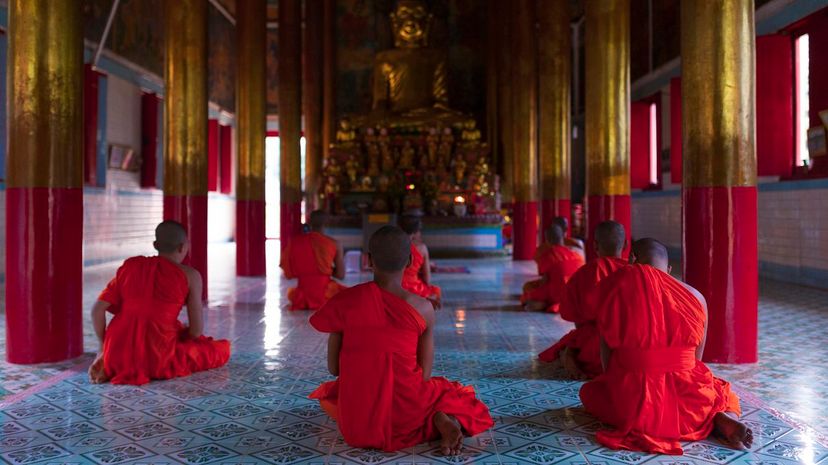
The Khmer Krom people were at one time part of Cambodia but the king of Cambodia, Chey Chettha II, transferred ownership of their lands from his country to Vietnam after he married a Vietnamese princess.
Advertisement

Though there are members of the Ojibwe nation who call the United States home, a large number also reside in Canada. Ojibwe is one of the most populous tribes in North America as well, with about 160,000 in Canada and 170,000 in the US.
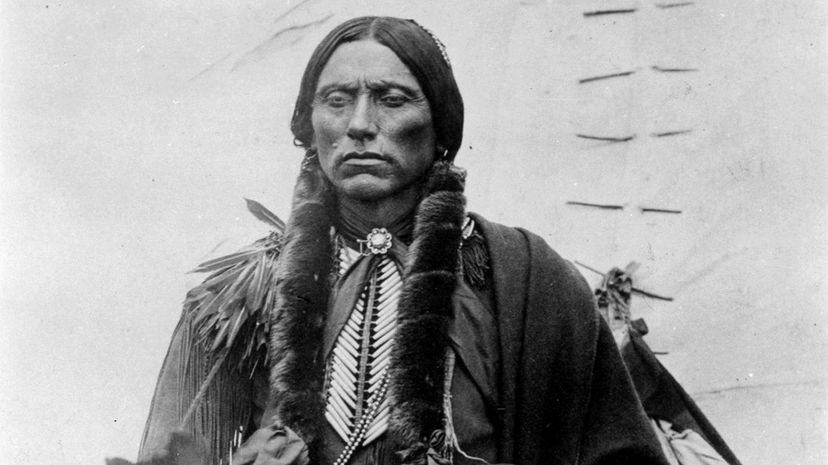
One of the most well-known tribes in American history, the Comanche people lived throughout much of what we'd know today as the Wild West. That included parts of Texas, New Mexico, Kansas, Colorado, Oklahoma, and more. Around 17,000 people are part of the Comanche Nation today.
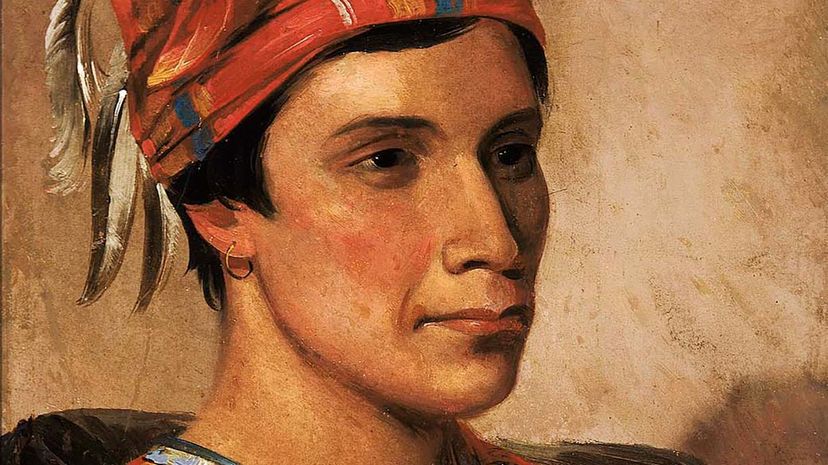
There are several nations of Oneida people today split between the United States and Canada. One nation is in New York, one in Wisconsin and two are in Ontario, Canada. In their own language, their name means "people of the standing stone."
Advertisement
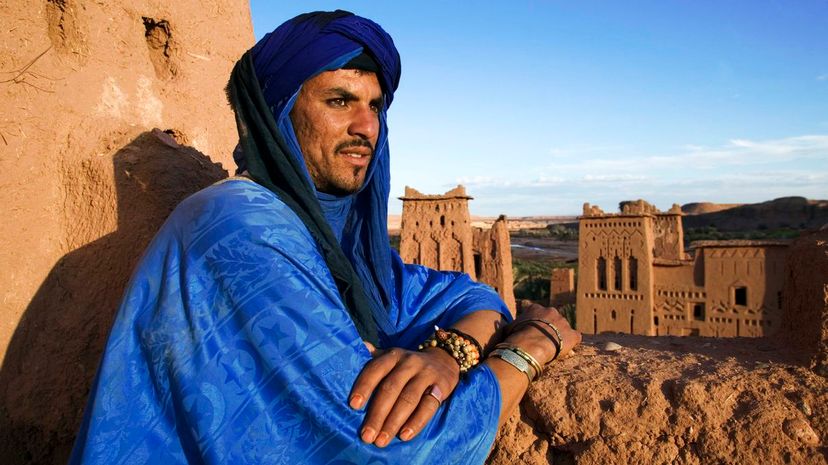
The Tuareg people are traditionally nomadic and can be found in Mali as well as Niger, Nigeria, Burkina Faso and Algeria. They're known for an indigo dye that they use on their clothing which also stains their hands and led to the nickname "blue people."
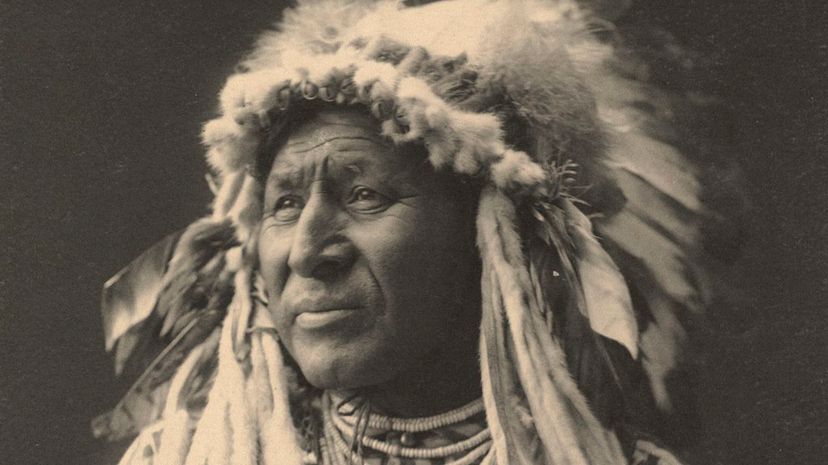
The Crow tribe are from the United States and, in particular, around Montana. The Crow people are called "children of the large-beaked bird" in their own language. French speakers translated it as "people of the crow" and the name came from there.
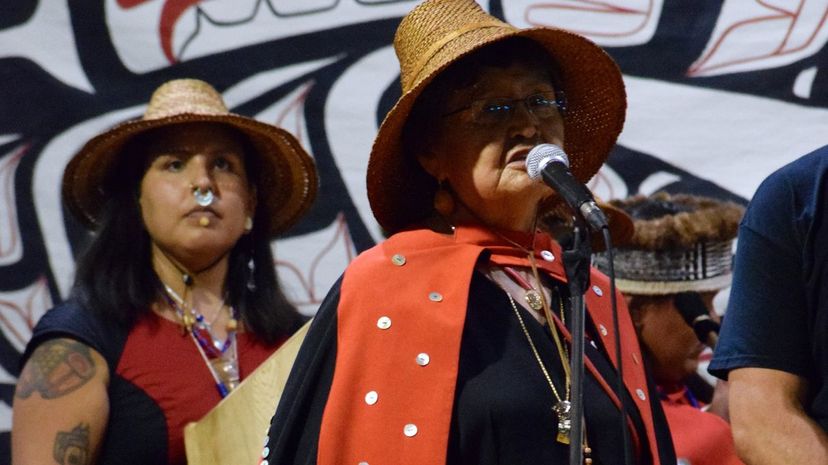
The Haida people are from Haida Gwaii, a chain of islands of the coast of British Columbia in Canada. The main island of Haida Gwaii is often referred to as the Canadian Galapagos and features numerous birds and other endemic species you won't find anywhere else.
Advertisement

The Talysh people are an Iranian tribe that can be found throughout the region including Russia and Azerbaijan. The Talysh language is spoken by around two million people, so they're fairly well-represented in the region.
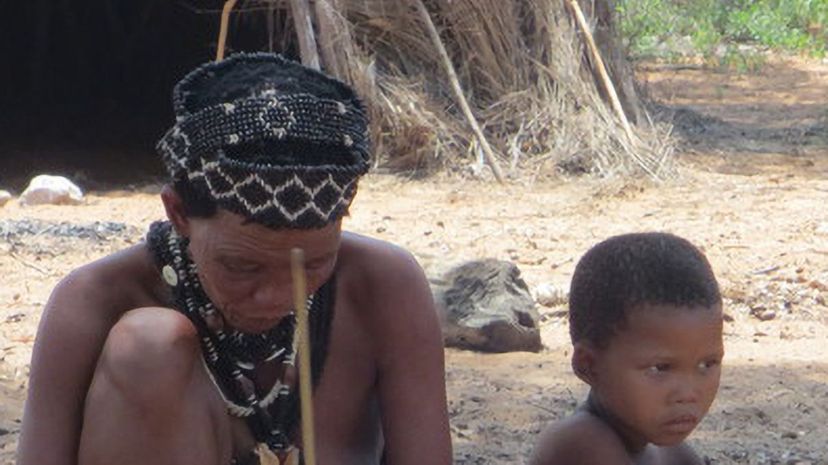
The !Kung tribe call Namibia, Botswana and Angola home. The name !kung was given to them by others as they call themselves Juǀʼhoansi. The exclamation point at the front of the name denotes a clicking sound that is found in some African dialects.
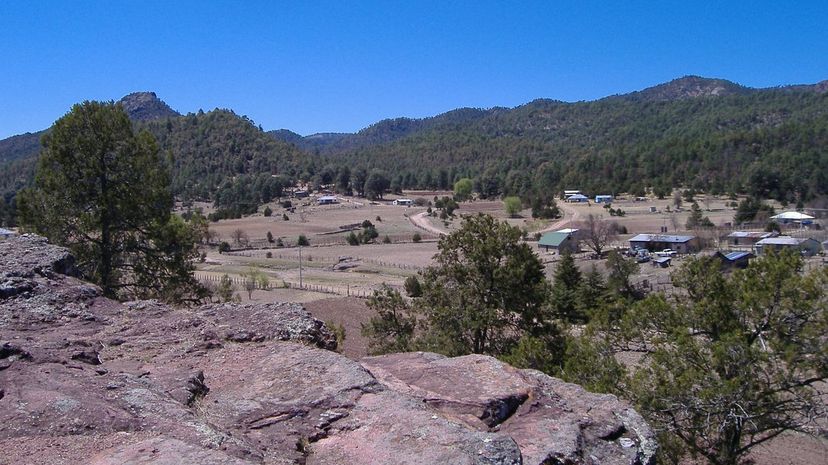
The Pima Bajo tribe call Mexico home, specifically the mountains between Sonora and Chihuahua. There are between 2,000 and 3,000 Pima Bajo who have mostly adapted to modern Mexican life but do still enjoy various events and holidays specific to their culture tradition.
Advertisement
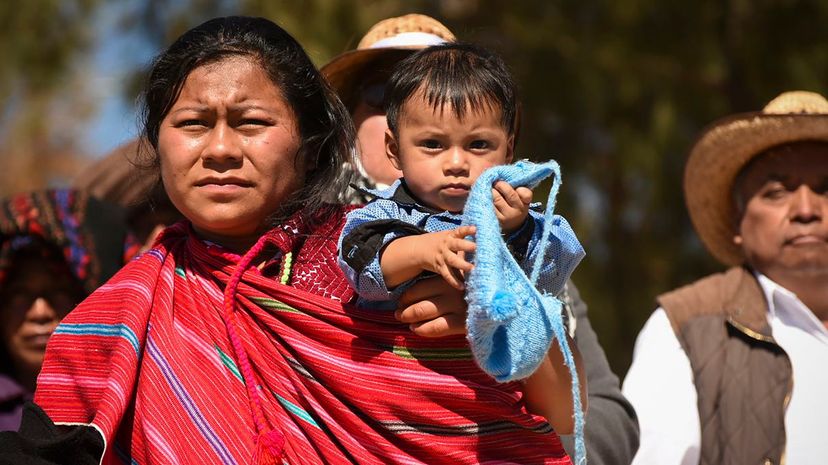
You can find the Tzeltal people living int he Chiapas in Mexico. They are descendants of the ancient Maya peoples, and in addition to Spanish, many of the Tzeltal people still speak their own Tzeltal language as well.
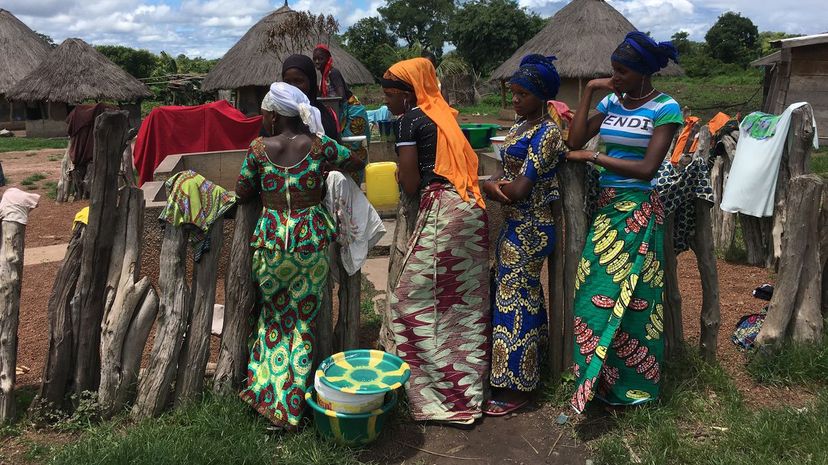
You can find the Yalunka people in Guinea, Sierra Leone, Senegal and Mali. Yalunkan people traditional practice polygyny which is when a man has many wives. The difference between that and polygamy is that polygamy allows for a wife with many husbands, but this does not.
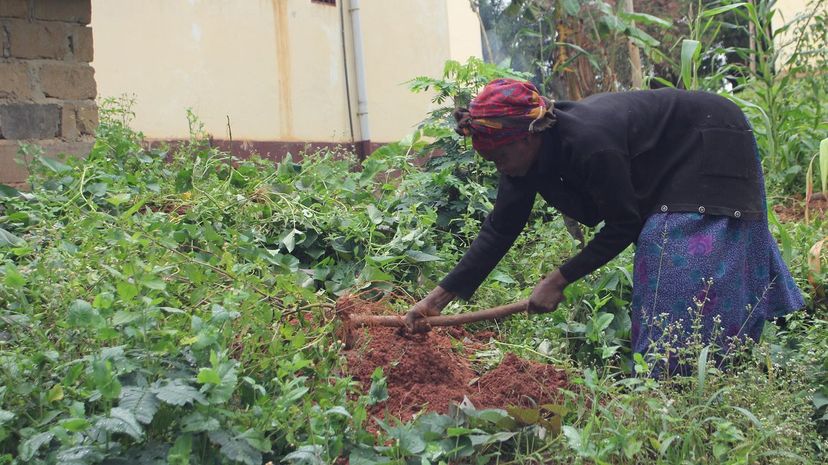
Head to the rain forest of Cameroon if you want to meet some of the Dwe'e people. There are less than 30,000 Dwe'e people, and they mostly make their living as subsistence farmers growing things like plantains and cocoyams.
Advertisement
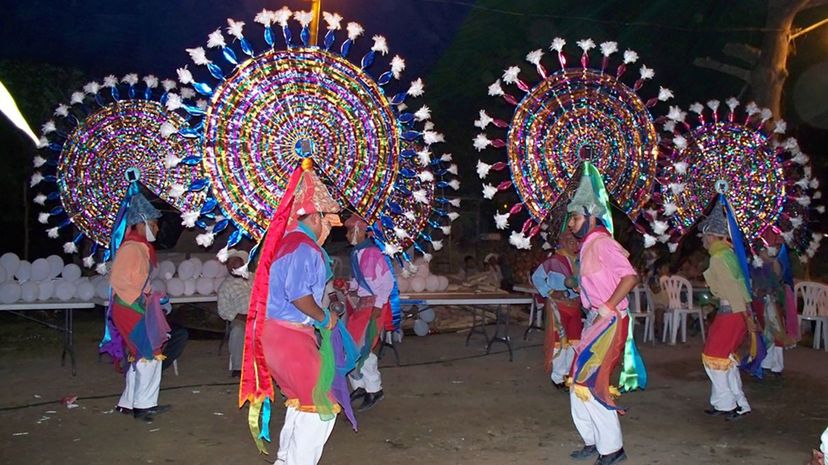
The Totonac people are from Mexico and are believed to possibly be the people who built the ancient city of El Tajin in Southern Mexico. That's a subject of debate, however, and there are other potential tribes who may have produced it as well.
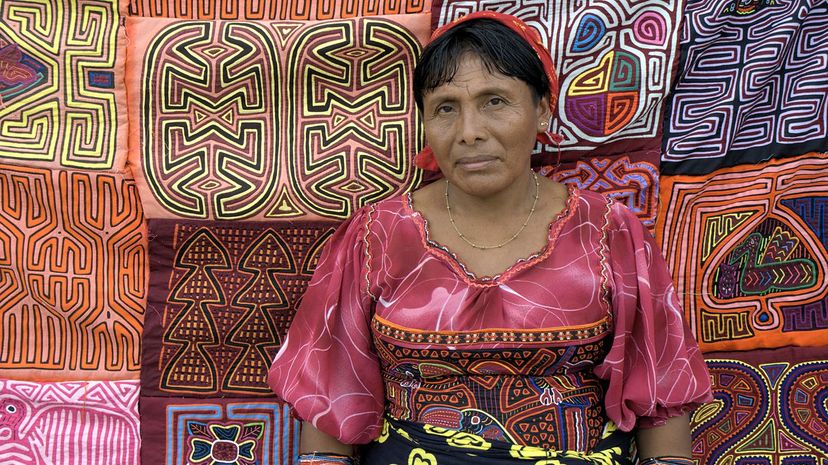
Panama and Colombia is where you will find the Kuna people. In their own language they refer to themselves as the "dule" which just means "the people" which is actually a very common translation for the names of many tribes.
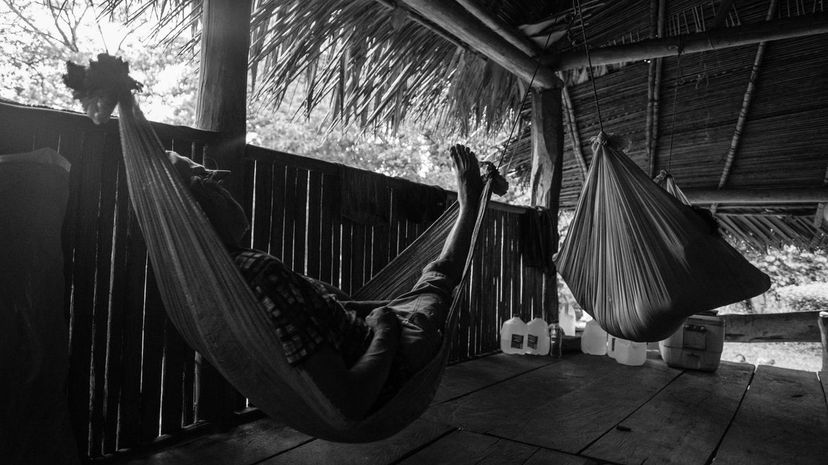
The Rama people are mostly found on Rama Cay island in Nicaragua. There are only around 2,000 members of the culture left, as loss of territory, disease and other problems have taken their toll, but that 2,000 is actually an upswing and their numbers are growing.
Advertisement
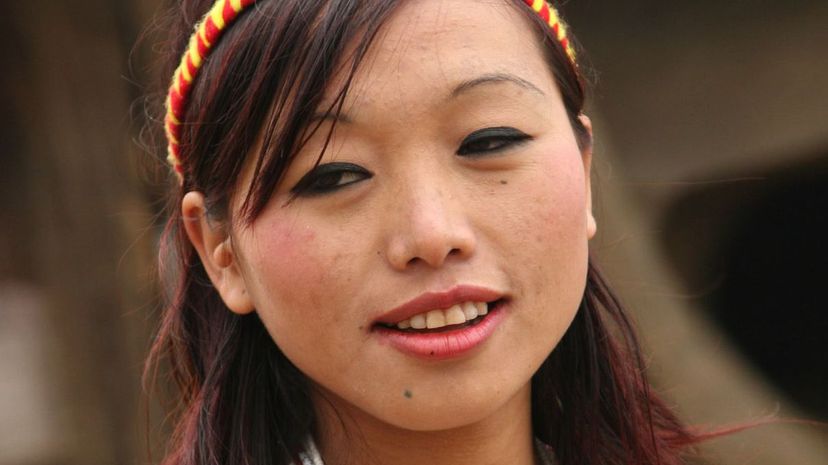
India and parts of Myanmar are where the Naga people call home, but by far the larger population is in India. While the Myanmar population is about 300,000, over 2.7 million live in India. Within the Naga people as a whole, there are about 66 different tribes.
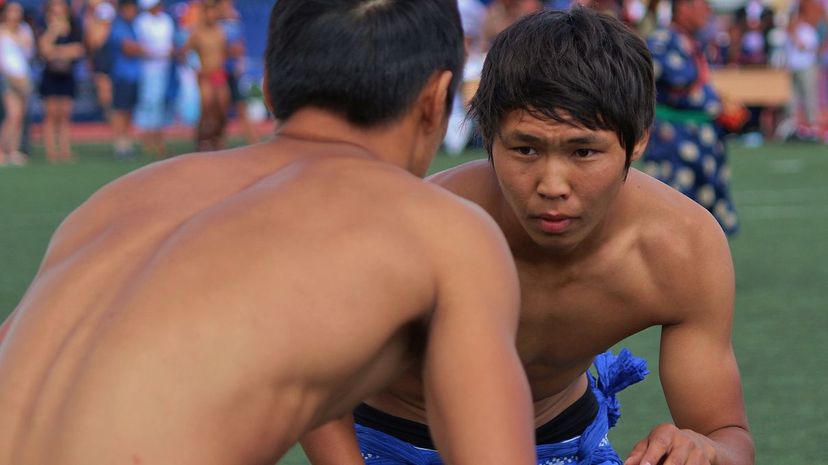
Most of the Buryat people in the world live in Siberia, in Russia. There are smaller populations in China and Mongolia as well. With roots in Mongolia, they are traditionally a nomadic herding people, just moving with their animals.